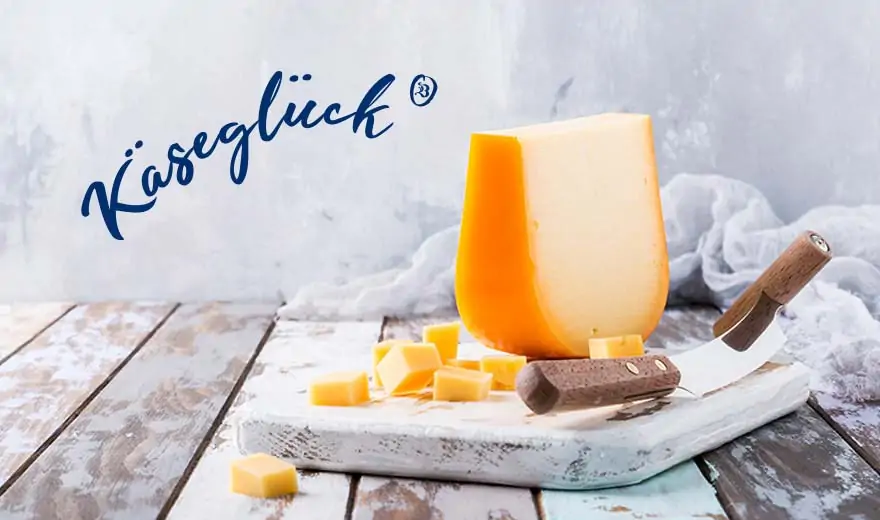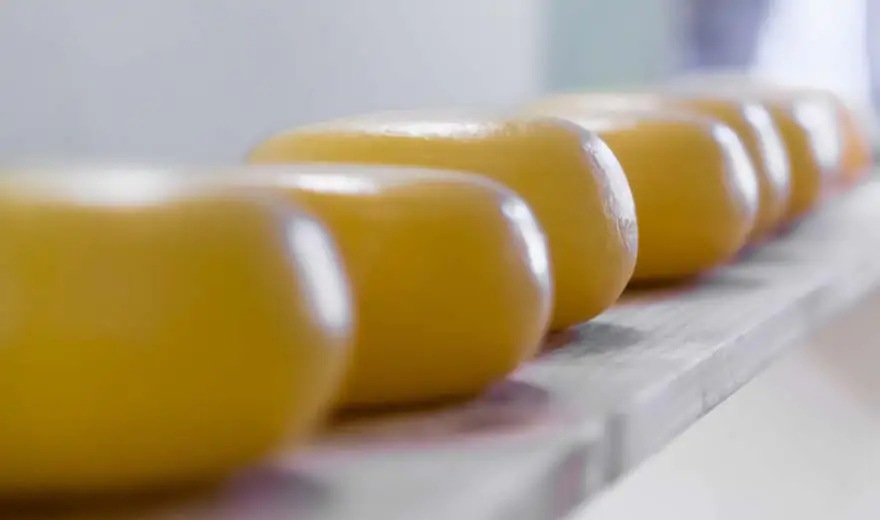
Is cheese rind always edible?
SURFACE PROTECTION AND A SIGN OF CHEESE QUALITY
Can you always eat cheese with its rind, or should you rather cut off the cheese rind? That’s a question many people will ask, seeing the many different types of cheese there are. What to look out for here? For many cheeses, the rind is simply an integral part, since it prevents the cheese from drying out and protects it from mould and outward damage. If a cheese rind is not fit for consumption, this will be printed quite legibly on the package – as e.g. with cheese that has a wax rind. A cheese rind that has formed naturally and that has not been treated in any way can be eaten without a second thought.
Incidentally, the rind is a surface protection which forms during the production process once the cheese loaf is put into a brine bath or turned in dry salt. Salt extracts water from the cheese, which lets it dry faster, and it protects the cheese against undesirable mould. Some types of cheese get some special treatment after salting. A case in point is the so-called red smear, like with our “Limburger”, “Romadur”, or “Weinkäse”: there, special bacterial cultures (red cultures) are smeared onto the cheese rind. It thus becomes perfectly edible and is in fact a connoisseur treat.







